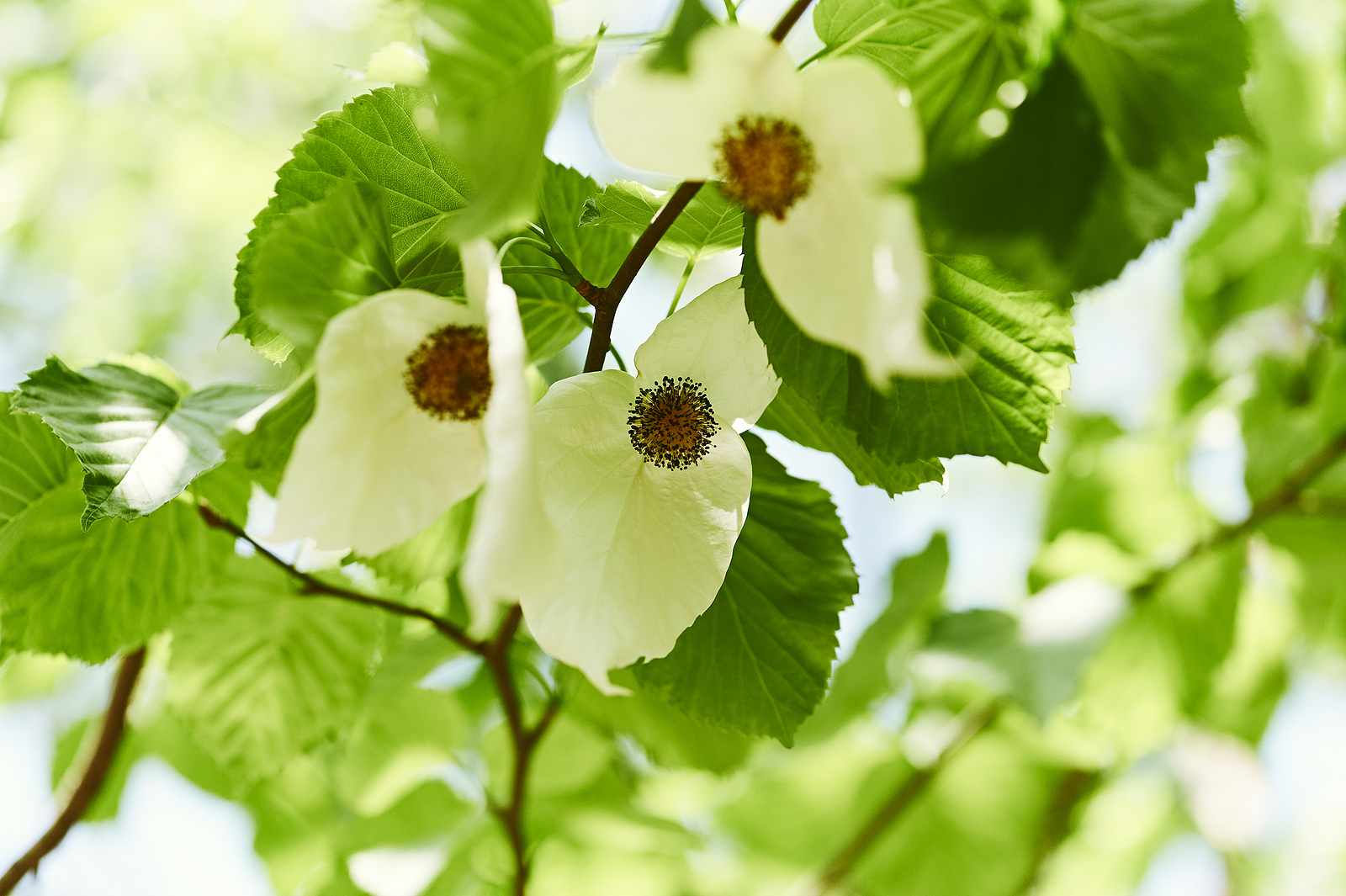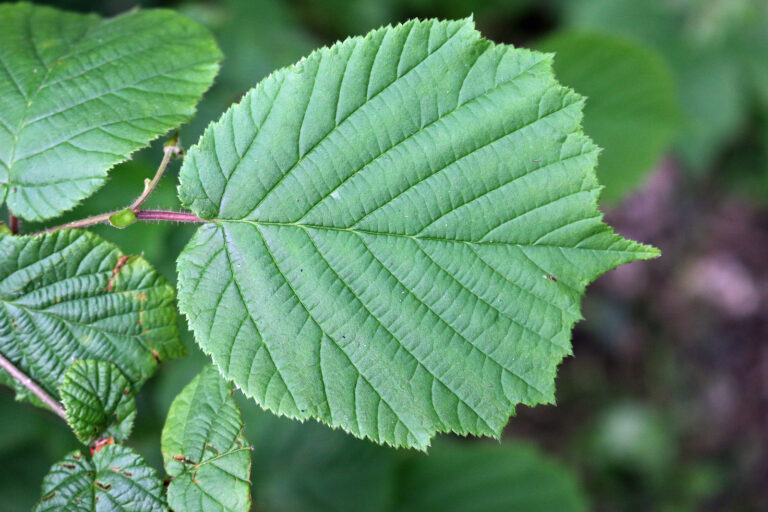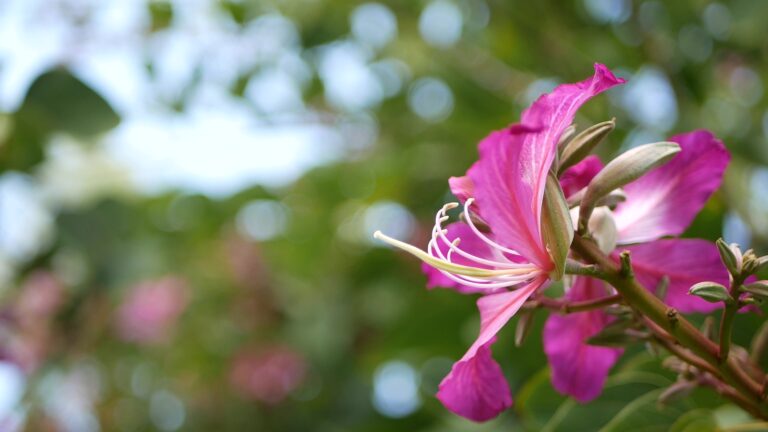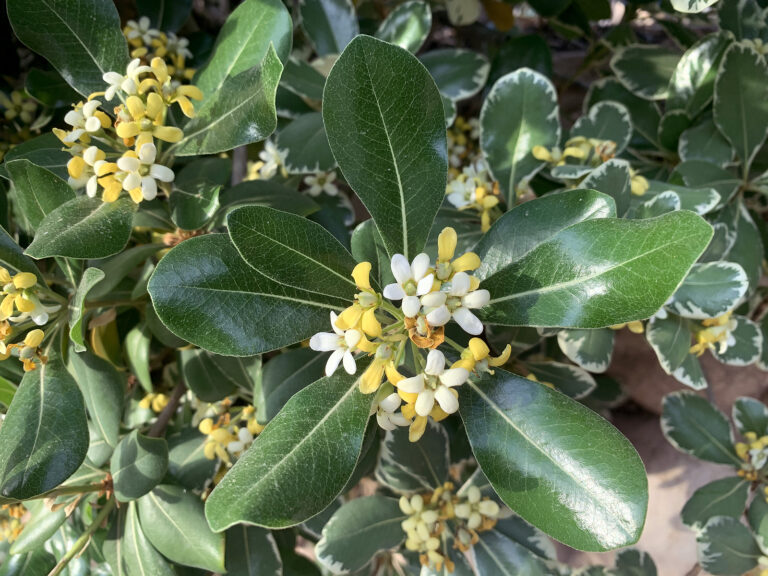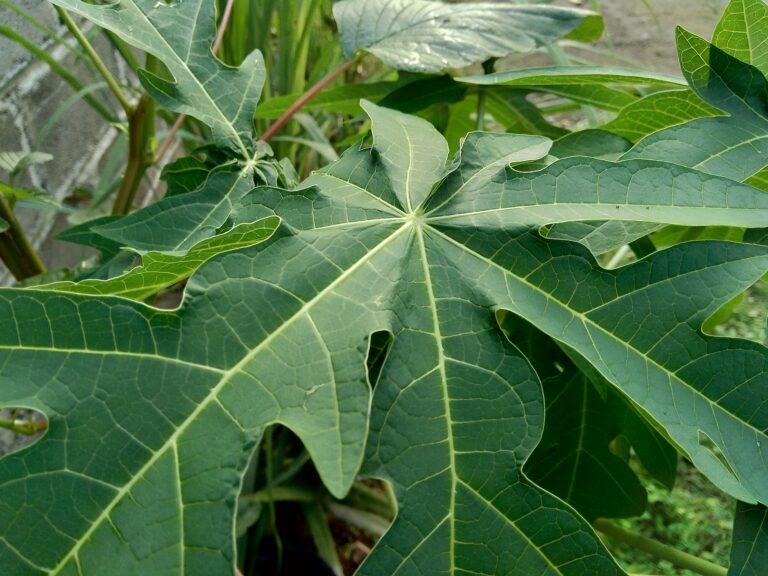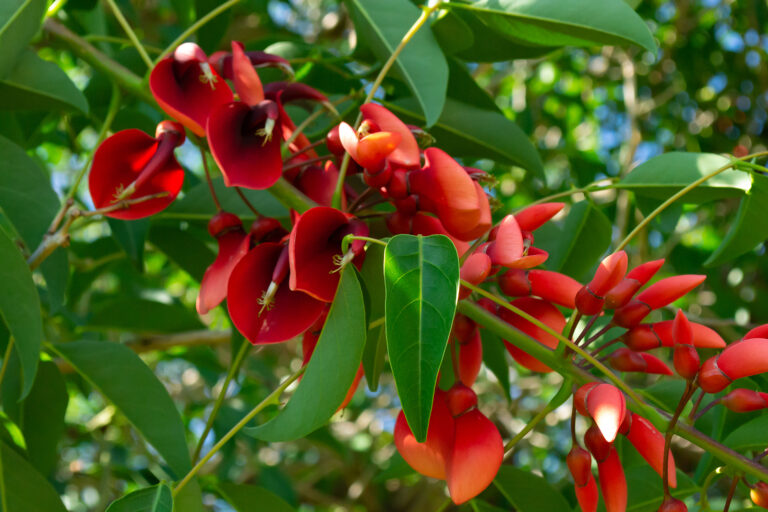How to Grow Dove Tree – Davidia
Davidia is a medium to large tree with a domed crown. Davidia bears pale white bracts in spring that look like fluttering handkerchiefs or nesting doves—thus Davidia’s two common names dove tree and handkerchief tree.
Davidia has a spreading habit that well suits it to be planted as a specimen in the landscape. Flowers and bright green leaves make the tree showy in spring and summer. In autumn, egg-shaped green fruits that follow flowers take on a purple tinge. In winter after leaves have fallen, Davidia’s spreading shape is of interest; its bark is smooth and mid-gray.
Young Davidia trees can take up to ten years or more to come into bloom. Once blooming starts, blooms will appear more heavily in alternate years.
This genus contains only one species.
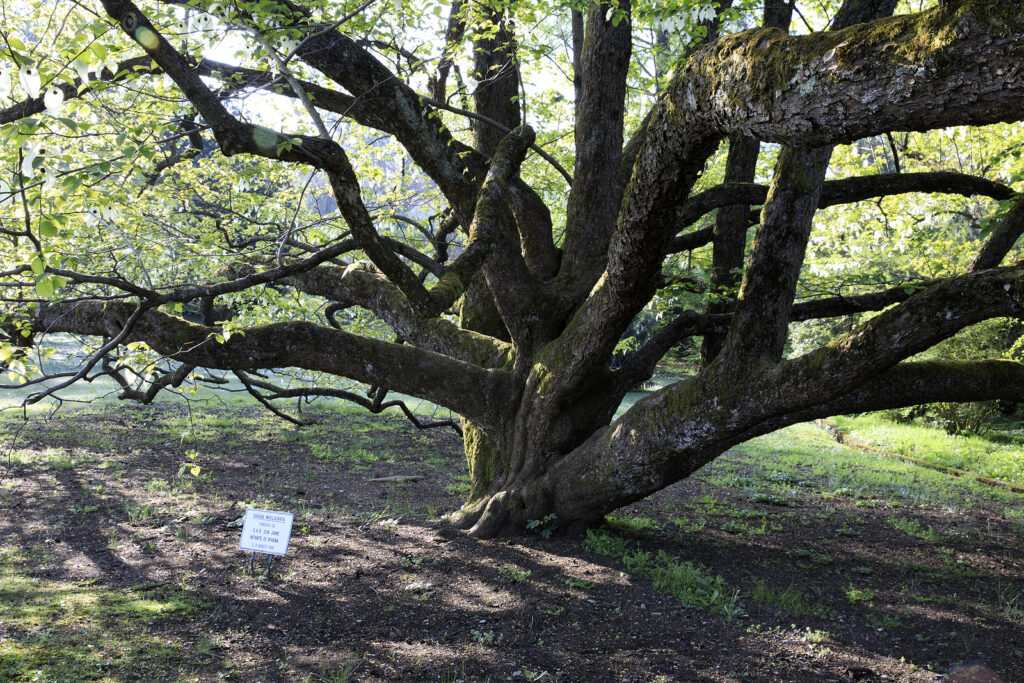
Get to know Davidia
- Plant type: Deciduous tree
- Growing zones and range: Zones 6 to 8
- Hardiness: Hardy deciduous tree
- Height and width: Grows 20 to 40 feet tall with a pyramidal to rounded crown and strong branching pattern.
- Foliage: Roundish to heart-shaped leaves 3 to 6 inches long are vivid green
- Flowers: Small clustered, red-anthered flowers are carried between two large, unequal white or creamy white bracts; bracts are 4 and 6 inches long. Flowers are followed by brown fruits which hand on the tree into winter.
- Bloom time: Spring
- Uses: Specimen or show tree; place in front of dark conifers so that vivid green and white flowers stand out.
- Common name: Dove tree
- Botanical name: Davidia
- Family name: Nyssaceae
- Origin: China
Where to plant Davidia
- Plant Davidia in sun or partial shade in hot summer regions.
- Grow Davidia in humus-rich, moist, well-drained soil.
- Plant Davidia where it will be sheltered from strong winds.
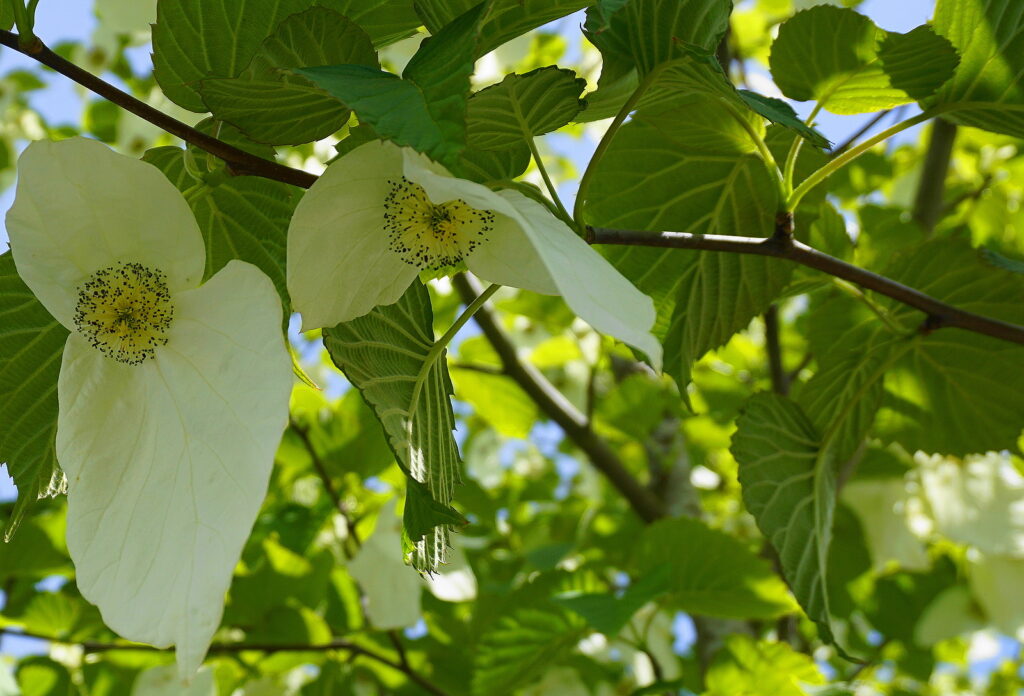
When to plant Davidia
- Set container grown plants in the garden in autumn or spring.
Planting and spacing Davidia
- Space Davidia 20 feet (6 m) apart.
How to water and feed Davidia
- Keep the soil evenly moist.
- Fertilize Davidia with an all-purpose fertilizer in spring.
Davidia care
- To reduce storm damage, prune to develop a strong central leader when Davidia is young.
- Established trees require little to no pruning.
Davidia problems
- Davidia is seldom bothered by pests or disease.
- Severe drought can cause some die-back.
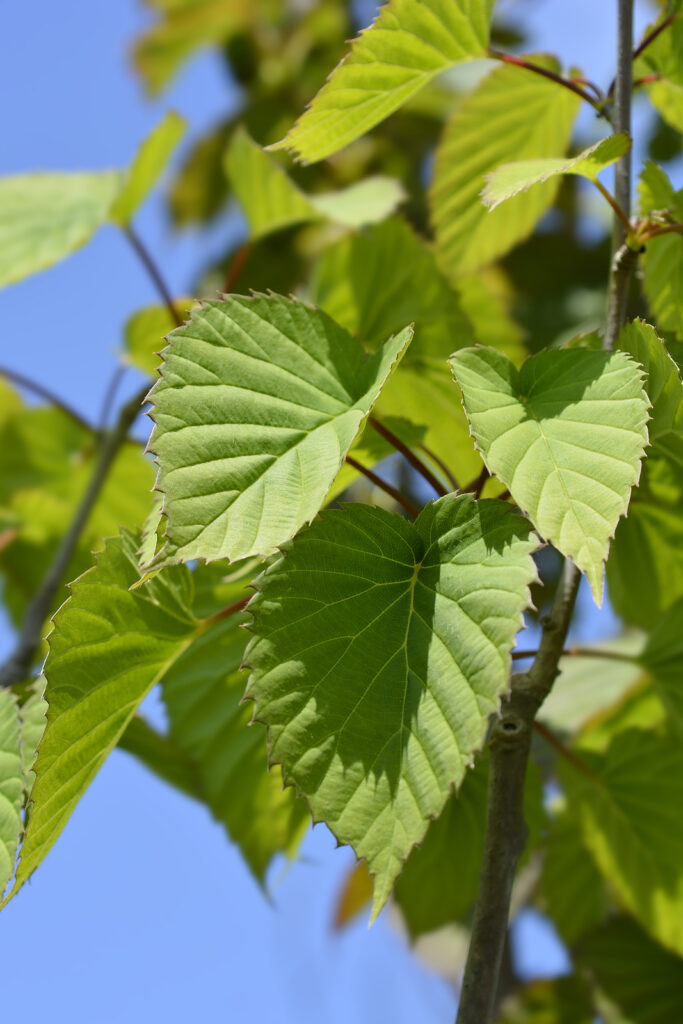
Davidia propagation
- Sow the whole fruit in a seedbed or container as soon as ripe.
- Germination usually occurs in spring after two wintered outdoors.
- Insert leaf bud cuttings in early autumn or hardwood cutting in winter.
- Seedlings can take 10 to 20 years to flower.
Davidia varieties to grow
- Davidia involucrata dove tree, handkerchief tree: Species grows to an open pyramidal shape 30 to 50 feet tall (see above).
- D. involucrata var. vilmoriniana differs from the species with almost hairless leaves.

